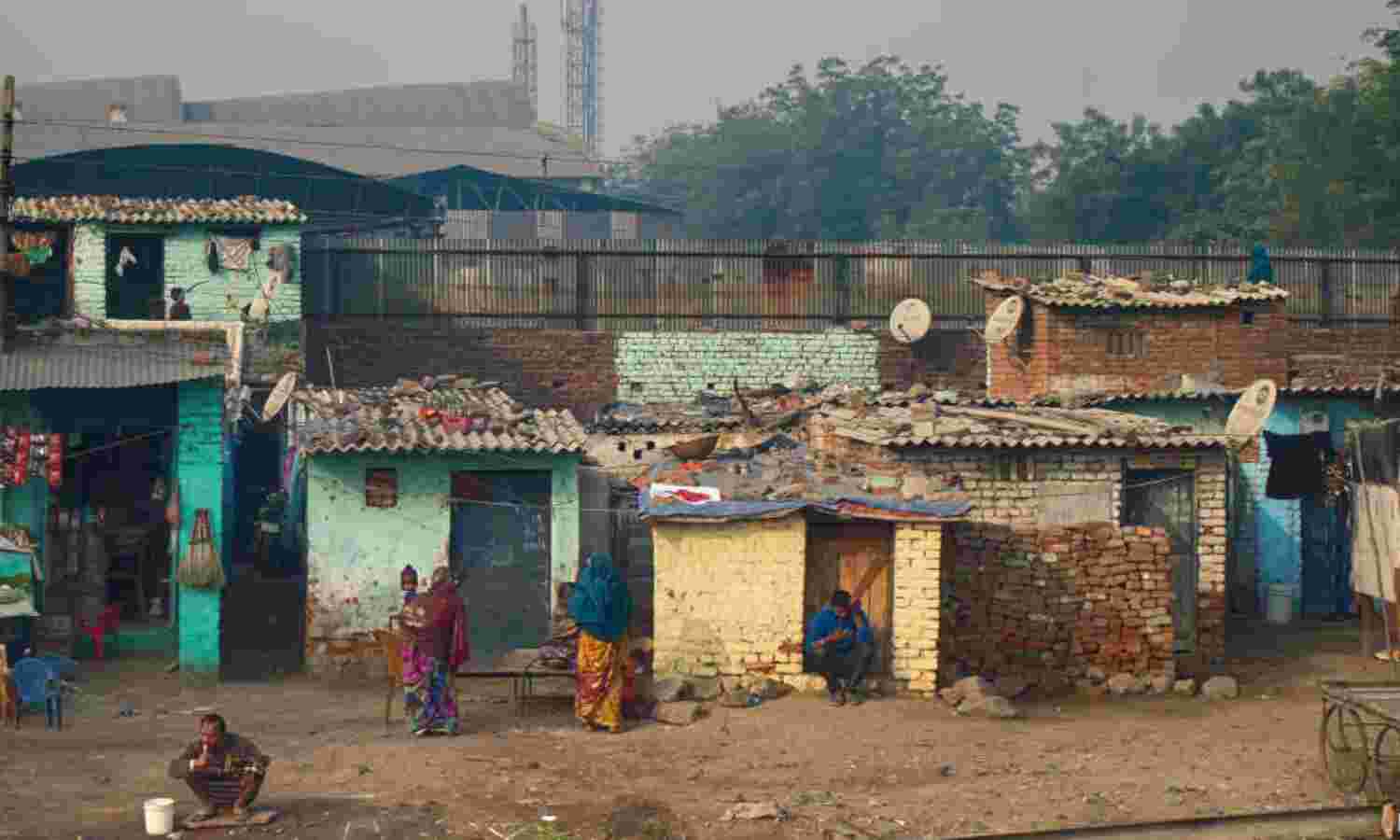Sri Lanka Grows Richer, India Stays Lower-Middle Income Nation

Mumbai: India continues to be a lower-middle-income country along with 46 others, while Sri Lanka has climbed to the upper-middle-income group for the fiscal year (FY) 2020, according to the World Bank’s classification of countries by income levels, released on July 1, 2019.
Sri Lanka entered the lower-middle-income group in FY 1999, from the low-income category and continued for over two decades, before moving to the upper-middle-income group this year, the data show. India became a lower-middle-income nation from low-income in FY 2009.
The World Bank classifies economies based on gross national income (GNI) per capita (current US$) calculated using what is called the Atlas method. The Bank uses four income groups: low ($1,025 or less; Rs 70,069 or less), lower-middle ($1,026 to $3,995; Rs 70,137 to Rs 2,73,098), upper-middle ($3,996 to $12,375; Rs 2,73,167 to Rs 8,45,955) and high ($12,376 or more; Rs 8,46,023 or more).
Of 218 economies, 80 are in the high-income group, 60 in the upper-middle, 47 in the lower-middle and 31 in the low-income group. The classification is updated on the first day of July every year. The GNI per capita used for this year’s classification is based on 2018 data.
Besides Sri Lanka, in 2019 six other countries--Argentina, Comoros, Georgia, Kosovo, Senegal and Zimbabwe--have seen classification changes based on income levels. Argentina is the only country that slipped from the high-income to upper-middle-income group. The rest moved up.
Source: World Bank, 2019
Here is how classifications are determined:
- A country’s GNI per capita, which can change with economic growth, inflation, exchange rates, and population. Revisions to national accounts methods and data can also influence GNI per capita.
- Classification thresholds, which are adjusted for inflation annually using the Special Drawing Rights (SDR) deflator.
There is an increase in thresholds from last year due to SDR inflation. The new thresholds, as of July 1, 2019, are:
Source: World Bank, 2019
The high-income threshold is also a deciding factor for lending rates since 2018-19, before which income classifications did not influence lending terms. “Surcharges are applied for lending rates of countries which have been categorized as high income for two consecutive years,” a World Bank release said.
India, its neighbours and BRICS
Maldives ($9,310 or Rs 6,36,432) and Sri Lanka ($4,060 or Rs 2,77,542) are the only two countries in South Asia in the upper-middle-income group.
India ($2,020 or Rs 1,38,087) along with Bangladesh ($1,750 or Rs 1,19,630), Bhutan ($3,080 or Rs 2,10,549) and Pakistan ($1,580 or Rs 1,08,009) fall in the lower-middle-income group, while Afghanistan ($550 or Rs 37,598) and Nepal ($960 or Rs 65,626) are among the low income group economies.
Source: World Bank, 2019
Among fellow developing economies—BRICS—India is the only country in the lower-middle-income group. The others--Brazil ($9,140 or Rs 6,24,810), Russia ($10,230 or Rs 6,99,323), China ($9,470 or Rs 6,47,369) and South Africa ($5,720 or Rs 3,91,019)--are in the upper-middle-income group.
Source: World Bank
(Mallapur is a senior policy analyst at IndiaSpend.)
We welcome feedback. Please write to respond@indiaspend.org. We reserve the right to edit responses for language and grammar.


